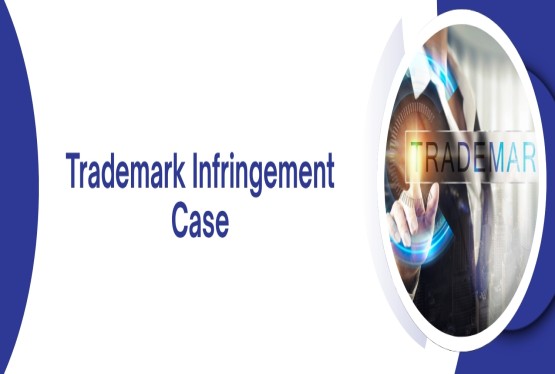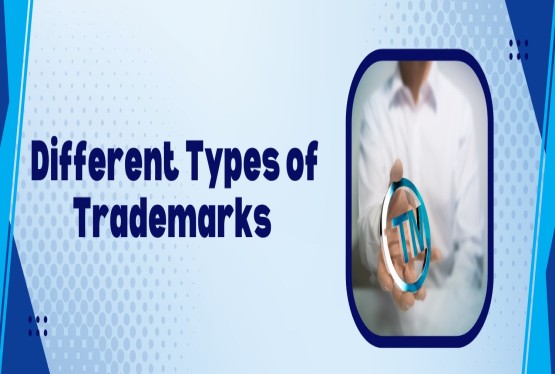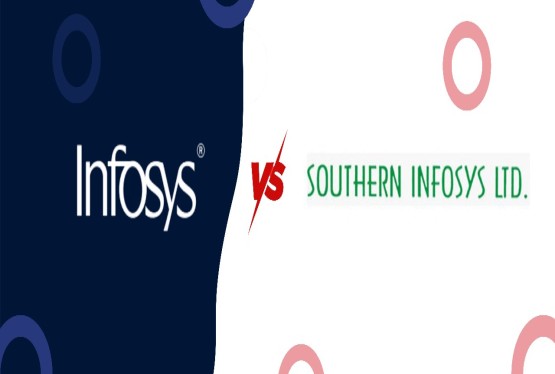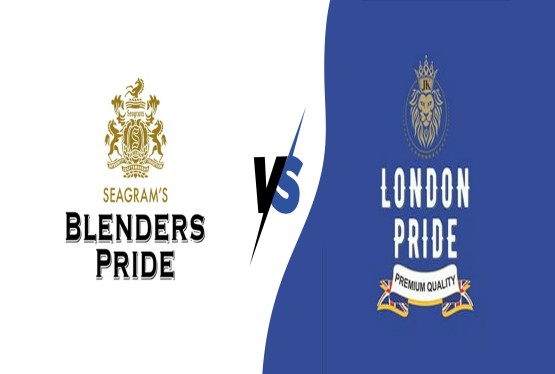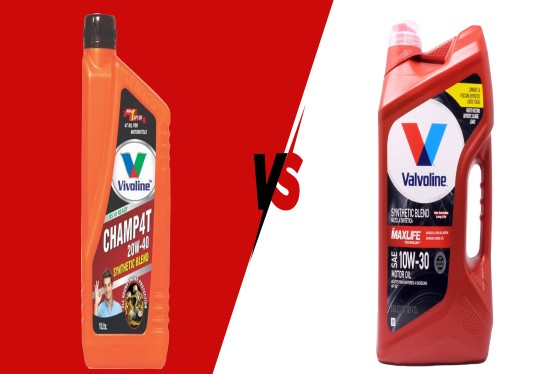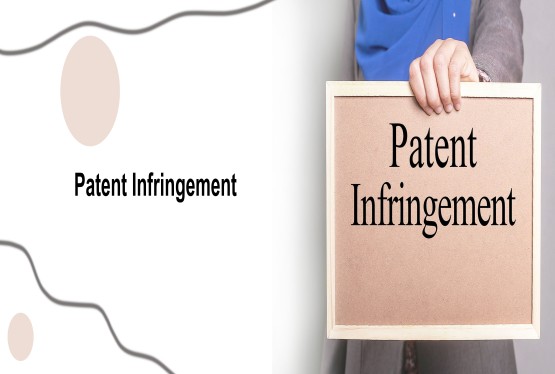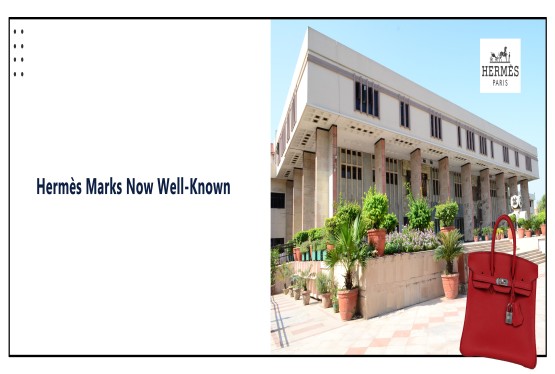In the realm of intellectual property law, trademarks are essential tools for protecting the distinctiveness of products and services, thereby fostering brand identity, ensuring market exclusivity, and promoting fair competition. As part of the international classification system, trademarks are categorized into 45 distinct classes under the Nice Agreement of 1957. These classes separate goods and services into logical groupings to streamline trademark registration processes globally. Trademark Class 18 is a category that pertains to leather goods and items related to leather, as well as certain travel and personal items. Trademark infringement and trademark withdrawal are important aspects of trademark law that help maintain the integrity of the trademark system.
Overview of Trademark Class 18
Trademark Class 18 is defined by the Nice Classification (NCL), which divides goods into 34 classes and services into 11 classes. Class 18 specifically deals with products that are primarily made from leather or imitation leather, as well as certain goods typically used for personal care, travel, and storage. Class 18 includes a wide array of products ranging from luggage and handbags to saddlery, wallets, and various accessories.
Goods typically found under Trademark Class 18 include:
(a) Leather and imitation leather: Materials made from genuine leather or synthetic substitutes used for manufacturing goods.
(b) Travel bags and luggage: Items such as suitcases, travel bags, briefcases, and carry-on bags that are used for personal travel and storage.
(c) Handbags, purses, and wallets: These items are designed for personal use and storage, typically carried by individuals for everyday needs.
(d) Briefcases and portfolios: Items typically used by business professionals for carrying documents and other essential materials.
(e) Saddlery and harnesses: Equipment used for horseback riding, including saddles, bridles, and horse harnesses.
(f) Umbrellas, walking sticks, and canes: Personal items designed for protection against the weather or for support while walking.
(g) Belts and other leather accessories: Goods such as leather belts, straps, and similar items used as personal accessories or for utility.
Class 18 is significant because it encompasses a wide variety of consumer goods, from everyday items to luxury goods. As such, it plays a central role in industries such as fashion, luxury goods, travel, and equestrian activities, where the quality and branding of leather products often serve as key differentiators in a competitive marketplace.
Statutory Basis of Trademark Class 18
The Nice Classification, established by the Nice Agreement of 1957, provides the international framework for the categorization of goods and services for the purposes of trademark registration. The classification system was designed to harmonize trademark laws across different jurisdictions, offering businesses an efficient and standardized system for registering trademarks in multiple countries.
Under the Nice Agreement, Class 18 covers all goods made from leather or imitation leather, as well as certain travel-related items. This statutory framework ensures that businesses involved in the production or sale of leather goods can secure trademark protection for their products on an international scale. The protection under Class 18 is provided as long as the goods meet the classification's criteria.
Additionally, trademark law governing Class 18 varies slightly between jurisdictions, but the core principles remain consistent. In countries adhering to the Nice Classification, businesses seeking to protect their leather-based goods must accurately categorize them under Class 18 to ensure the widest possible protection. Misclassifying products can lead to rejection of trademark applications or limited scope of protection.
Precedents in Trademark Class 18
Several precedents and legal cases have helped shape the interpretation and application of trademark Class 18. These cases often address issues such as the distinctiveness of marks, the scope of protection for specific products, and the potential for confusion between similar goods.
One significant case in the context of Class 18 is the European Union Intellectual Property Office (EUIPO) decision in Lacoste S.A. v. EUIPO (2018). In this case, Lacoste sought protection for its iconic crocodile logo on leather goods, specifically handbags. The court ruled in favor of Lacoste, affirming that the company's logo had acquired distinctiveness in the marketplace and was entitled to trademark protection under Class 18. The case highlighted the importance of brand recognition in the context of leather goods, as the distinctiveness of a mark can greatly impact its ability to gain trademark protection.
Similarly, in Louis Vuitton Malletier S.A. v. Christian Louboutin S.A. (2011), the French fashion house Louis Vuitton challenged the use of a red sole trademark by the luxury footwear brand Christian Louboutin. Although the case revolved around the footwear industry, it also touched upon the wider application of Class 18, given that leather goods like bags and shoes fall within its scope. The ruling reaffirmed that established brands with distinctive trademarks could seek legal recourse against competitors in order to protect their intellectual property rights and prevent consumer confusion. The decision underscored the importance of protecting luxury leather goods in particular, as they represent a significant part of global commerce.
Another important precedent is Saddlery Trade Mark (1906), a decision from the United Kingdom, which highlighted the protection available for goods in Class 18 such as saddles and harnesses. The case clarified that trademarks used for saddlery products—an integral part of equestrian activities—are protectable under Class 18, as they serve as an indicator of the source and quality of goods used in the sport.
These legal precedents illustrate how courts interpret the scope of Class 18 trademarks, particularly in relation to distinctiveness and the protection of well-established brands. They underscore the importance of maintaining distinct and recognizable trademarks, especially in the highly competitive markets for luxury leather goods.
Practical Implications for Trademark Registration
For businesses seeking to protect their leather products or accessories under Class 18, the trademark registration process involves several critical steps. First, businesses must accurately identify the goods for which they wish to seek protection. As mentioned earlier, Class 18 covers a wide range of goods, and it is essential that applicants properly categorize their products to avoid delays or rejections during the registration process.
Second, applicants must ensure that their marks are distinctive and capable of identifying their goods in the marketplace. Whether registering a logo, wordmark, or design, the mark must be unique enough to differentiate the goods from those of other businesses. This requirement for distinctiveness is crucial, as non-distinctive marks are unlikely to be granted protection under Class 18.
Another consideration is the potential for conflicting trademarks. In highly competitive industries such as fashion and luxury goods, many businesses offer similar products, which may result in disputes over trademark rights. It is advisable for applicants to conduct thorough trademark searches before filing their applications to ensure that their mark does not infringe on existing trademarks. This can help avoid costly legal disputes in the future.
Additionally, businesses may seek to protect their trademarks in multiple jurisdictions by filing internationally through mechanisms such as the Madrid Protocol. This process enables trademark holders to seek protection in numerous countries with a single application, streamlining the registration process and ensuring broader protection for their goods.
Global Trade and Trademark Class 18
Trademark Class 18 plays an important role in global trade by ensuring that manufacturers and designers of leather goods, bags, and accessories can secure exclusive rights to their products. This protection helps safeguard the quality and reputation of luxury brands and allows businesses to expand into new markets without the fear of counterfeit products.
Furthermore, trademark protection under Class 18 fosters fair competition. By securing exclusive rights to a mark, businesses are able to maintain control over their brand identity and prevent others from using confusingly similar marks that could undermine consumer trust.
Conclusion
Trademark Class 18 is an essential component of the trademark classification system, providing crucial protections for leather goods, travel bags, personal accessories, and more. It plays a pivotal role in industries such as fashion, travel, and luxury goods, where branding and quality are key drivers of consumer choice.
The statutory framework established by the Nice Agreement, along with relevant case law, offers a clear and standardized approach to trademark registration for leather-based products. Businesses seeking to protect their intellectual property under Class 18 must navigate the registration process carefully, ensuring their marks are distinctive and properly classified. As global trade continues to grow, the protection afforded by trademark Class 18 remains vital to ensuring fair competition and safeguarding brand identities in an increasingly interconnected marketplace.
Frequently Asked Questions
Q1. What is Trademark Class 18 and what types of goods does it cover?
Ans. Trademark Class 18, as defined by the Nice Classification, encompasses goods primarily made from leather or imitation leather. This includes a wide range of items like luggage, handbags, wallets, belts, saddlery, and more.
Q2. Why is Trademark Class 18 significant in the global marketplace?
Ans. Class 18 plays a crucial role in industries like fashion, luxury goods, and travel, where leather products are prevalent. It protects brand identities, ensures market exclusivity, and promotes fair competition for businesses involved in these sectors.
Q3. What are the key steps involved in registering a trademark under Class 18?
Ans. Key steps include accurately identifying the goods, ensuring the mark is distinctive and capable of identifying the goods, conducting thorough trademark searches to avoid conflicts, and considering international registration options like the Madrid Protocol.
Q4. How does Trademark Class 18 contribute to global trade?
Ans. By providing protection for leather goods, Class 18 allows businesses to safeguard their brand identities and expand into new markets with confidence. It also helps prevent counterfeit products and promotes fair competition among businesses.
Q5. What are some important legal precedents related to Trademark Class 18?
Ans. Cases like Lacoste v. EUIPO and Louis Vuitton v. Christian Louboutin have provided valuable insights into the interpretation of Class 18, particularly regarding the importance of brand distinctiveness and the protection of luxury leather goods.






























_(b)_of_the_Trademark_Act,_1999_(1)_crop10_thumb.jpg)



_crop10_thumb.jpg)




























_crop10_thumb.jpg)
_crop10_thumb.jpg)






_crop10_thumb.jpg)








_crop10_thumb.jpg)



_crop10_thumb.jpg)





























_crop10_thumb.jpg)

















_crop10_thumb.jpg)






_crop10_thumb.jpg)











































































































































_crop10_thumb.jpg)




































_crop10_thumb.jpg)












_crop10_thumb.jpg)















































_crop10_thumb.jpg)






